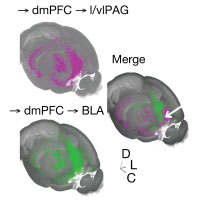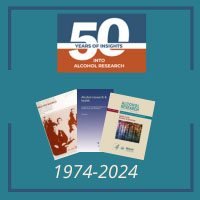Feature
Digital Health Technology Shows Promise for Efforts To Address Drinking Among Youth

Underage drinking and alcohol misuse by young adults are serious public health concerns in the United States. The 2022 National Survey on Drug Use and Health found that 15.1% of people ages 12 to 20 and 50.2% of people ages 18 to 25 reported drinking alcohol in the past month, with 8.2% of 12- to 20-year-olds and 29.5% of 18- to 25-year-olds reporting binge drinking in the past month. Surveys also consistently find that young people are among the biggest users of the internet and mobile devices.
News from the Field
Scientists Find Brain Pathways for Threat Response in Mice

Scientists at the National Institute on Alcohol Abuse and Alcoholism have identified brain pathways that may coordinate an animal’s response to potentially traumatic situations.
Noteworthy
National Institute on Alcohol Abuse and Alcoholism Announces Content on the Global Online Learning Platform Kahoot!

The National Institute on Alcohol Abuse and Alcoholism recently joined the NIH Kahoot! site with a quiz about how alcohol affects a teen’s health.
Noteworthy
Alcohol Research: Current Reviews Celebrates Its 50th Anniversary

This year marks the 50th anniversary of Alcohol Research: Current Reviews (ARCR). ARCR is an open-access, peer-reviewed journal published by the National Institute on Alcohol Abuse and Alcoholism at the National Institutes of Health.




